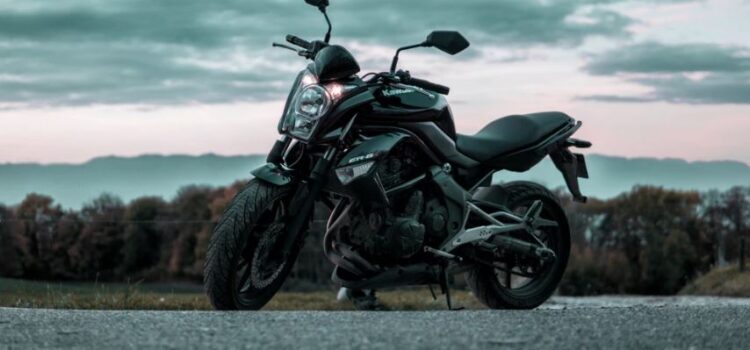

This article is an excerpt from the Shortform summary of "The Innovator's Dilemma" by Clayton M. Christensen. Shortform has the world's best summaries of books you should be reading.
Like this article? Sign up for a free trial here .
What are the key Honda innovation examples? How was Honda’s motorbike a disruptive innovation?
Honda innovation is not limited to cars. In an effort to expand their successful Japanese motorbike to the US market, Honda created a new space while competing with Harley-Davidson.
Read more about Honda innovation in the motorbike space and the evolution of their Supercubs.
Honda: Innovation Instead of Competition
After World War II, Honda produced small, rugged motorbikes called Supercubs in Japan. This Honda innovation was popular for businesses making deliveries in crowded urban areas. The bikes became so successful that their annual sales rose from 1,200 in 1949 to 285,000 in 1959.
Company leaders wanted to expand to North America, but they saw no market for the Supercub. Americans favored larger, more powerful motorcycles—like Harley-Davidsons—that were designed for long distances.
Honda designed a motorcycle that fit the American market’s demands, but the product didn’t catch on. Motorcycle dealers were reluctant to sell an unproven product. Among the motorcycles that sold, many developed mechanical issues when faced with the long distances and high speeds American customers demanded. Not only were sales low, but the company was also losing money shipping warrantied replacement bikes from Japan.
Initial Failure
At the start of the North American motorcycle project, Honda had sent three employees to Los Angeles to manage American sales, and each had brought his own Supercub to ride around locally. One day, one of the employees—frustrated by the struggling sales—rode his Supercub through the hills near his home to let off steam. He started making a habit of it, and he eventually invited his coworkers to join him with their Supercubs.
Soon, their neighbors wanted to know where they could get their own Supercubs, so the Honda employees special-ordered a few bikes. Over the next few years, the Supercubs gradually expanded this way, but Honda was so focused on trying to sell its motorcycles that it didn’t recognize the growing off-road market for Supercubs. The company even denied a request from Sears to purchase the Supercubs for its outdoor power equipment departments.
Eventually, Honda’s employees in LA realized that the company needed to shift its focus. Instead of trying to enter the American motorcycle market with its inferior long-distance bike, the company needed to develop the emerging off-road market for Supercubs, a product Honda had fine-tuned through years of production.
Traditional management philosophies call for managers to assess unexpected failures, but the key to finding the markets for disruptive technologies is to recognize unexpected successes—that’s how Honda finally caught on to the off-roading market for its Supercub bike. Honda’s first attempt at targeting the North American market was wrong, but its success would depend on how agilely it could pivot to another Honda innovation based on customers’ behaviors.
The Honda Innovation: Serving the Supercub Market
After company leaders got on board, Honda struggled to find dealers to sell the Supercubs—there were simply no retailers that carried anything like it. Eventually, Honda managed to find some sporting goods dealers that would sell the bikes.
Over time, Honda improved the Supercub’s performance while lowering its price and increasing production volume. Honda released bikes with increasing engine power, and the Supercubs started creeping upmarket.
Feeling the competition from the Honda innovation, Harley-Davidson produced a small motorbike with less power than its traditional products. But the company faced a few obstacles: First, Harley-Davidson had nowhere near Honda’s experience and expertise in producing small bikes.
Second, the dealers that sold Harley-Davidson’s motorcycles didn’t want to sell the smaller bikes, because:
- Bigger, more expensive bikes brought in higher profit margins than the new low-end models.
- The small bikes would jeopardize Harley-Davidson’s image among its loyal customers.
Harley-Davidson’s experience illustrates how established firms can be held captive not just by their customers, but also by fellow members of their value networks (as we talked about in Chapter 2)—in this case, the dealers.

———End of Preview———
Like what you just read? Read the rest of the world's best summary of Clayton M. Christensen's "The Innovator's Dilemma" at Shortform .
Here's what you'll find in our full The Innovator's Dilemma summary :
- Christensen's famous theory of disruptive innovation
- Why incumbent companies often ignore the disruptive threat, then move too slowly once the threat becomes obvious
- How you can disrupt entire industries yourself






